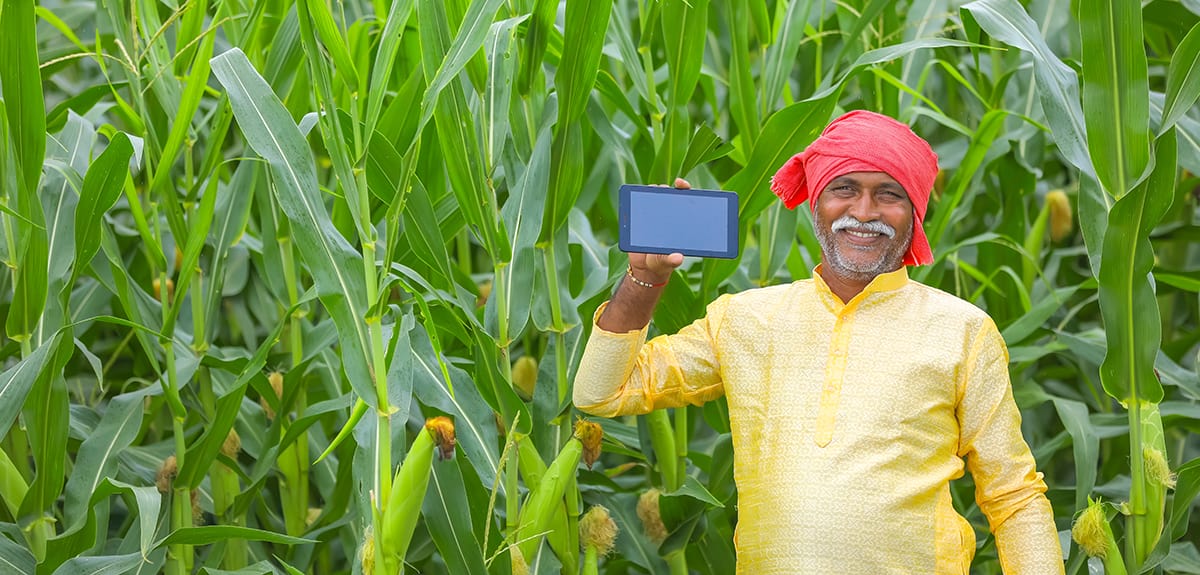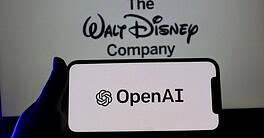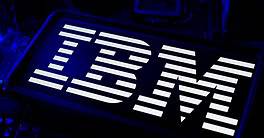The new frontiers in banking include mobile payments, blockchain, inclusion and … agriculture?

According to the World Bank, in the least-developed nations, 60% of families still live from farming, but receive 1% of credit. Of course, there are reasons for this huge gap. In Southeast Asia, for instance, 80% of food is produced on 73 million small family farms, says Paul Voutier, director of Knowledge and Innovation at Australia-based nonprofit, Grow Asia. Geographically isolated, without formal bookkeeping or credit histories, this vast archipelago has been beyond bankers’ reach until now. Digital communications offer a new bridge between growers and money centers, and potentially new means to mobilize capital. “Generally speaking, banks have not lent to smallholders because of the enormous acquisition cost,” Voutier says. “But digital payments open the floodgates.”
At the other end of the world, in Europe and North America, agricultural lending is a staid business, catering to industrial-scale farmers with multimillion-dollar credit portfolios and smoothed by huge government subsidies. Just 11% of US farms occupy 48% of acreage and turn out 74% of the national crop, says Edwin Elfmann, who heads agricultural policy at the American Bankers Association (ABA).
But there, too, change is afoot. The European Union overhauled its Common Agricultural Policy in October, phasing out traditional production quotas and easing in a new menu of sustainability and quality benchmarks for future largesse. The US will likely tilt in the same direction when its next five-year Farm Bill works through Congress in 2023, says David Kohl, professor emeritus of agricultural economics at Virginia Tech. “The megatrend of the 2020s will be soil health and water health,” says Kohl. “More incentives will be built in to encourage this.” Meanwhile, the incoming US administration is expected to rein in tens of billions in ad hoc payments that Donald Trump steered toward farmers in recent years, shaking up the near-term landscape for bankers.
Agriculture, no matter how consolidated or mechanized, remains tied to ancient rhythms and vagaries. Farmers need to invest at planting and recoup at harvest, or buy equipment that pays out over multiple more-productive harvests. This natural credit cycle can be upset but a range of factors beyond anyone’s control: weather, crop prices, and these days, politics in the form of subsidy adjustments or tariffs. With so many farmers inheriting their profession, business acumen varies widely. “We see a widening economic gap in agriculture,” Kohl says. “Farmers with a good business IQ are making more money than ever. Others are really struggling.” The divide was just about 50-50 in 2020, according to an ABA survey, with half of US farmers turning a profit.
Against this background, finance works best when borrowers and lenders know each other, with commitments and trust that can smooth out a bumpy season or two. “There’s a lot of relationship banking in agriculture,” says Jennifer Ifft, a Kansas State University professor who studies the subject. “I would never call farm lending easy money.” No wonder hundreds of hometown financiers such as Heartland Bank of Geneva, Nebraska, or Farmers National Bank in Prophetstown, Illinois, compete with money center giants like Wells Fargo and Bank of America for the rich US market.
In most of the developing world, hometown financiers are farmers’ only option, and most are not financiers, strictly speaking. Credit typically comes from equipment suppliers or wholesalers who buy at harvest time, with less-than-transparent deal structures and acquaintance that spans generations. Development specialists at places like the World Bank and International Finance Corporation used to view these local middlemen as a big part of the problem, with good reason. Typical interest rates can run to 100% annually, Voutier says.
Lately, though, they have been recast as an essential part of the solution, the only realistic bridge between far-off banks and smallholders who may be tilling three hectares and keeping most of their crop to feed the family. Most governments put obstacles in the path of consolidation, fearing that would produce landless masses without any means of support. “Farmers individually are too small for almost anyone to bank,” says Adam Struve, a principal investment officer at the IFC. “The suppliers or customers tend to be larger companies that we can work with.”
In Brazil, for instance, the IFC lends to a sugar mill that can be used to assist to cane farmers in a 30-kilometer radius. “The relationship is not as unbalanced as you would think,” Struve says. “The mill is very capital intensive, and the farmers can grow something else if its prices are too low.” The multilateral backs cocoa traders in West Africa by the same logic.
The digital and microfinance revolutions may be arming farmers with useful information, but they’re not a transmission belt for credit yet, adds Rick van der Kamp, an IFC veteran now working with Nepalese smallholders for non-profit Swisscontact. “It’s hard to find a farmer that doesn’t know of at least one microlender,” he says, “But they usually get better terms from an informal lender.”
Paul Voutier sees the glimmer of an alternative structure in app-based, peer-to-peer networks that are enabling urban professionals in India, Indonesia and elsewhere to lend out tiny sums across the countryside as a yield-bearing investment. Big players like Netherlands-based Rabobank and Japan’s MUFG are watching this effort closely for its potential to accumulate credit data on the untapped smallholder universe, says Voutier. “If you can build a credit-scoring algorithm, that unlocks the possibility of digitizing credit,” he concludes.
The rich world, meanwhile, is in an epochal shift from growing more to growing better food and taking better care of the land and environment. Multiple forces will continue pushing farmers in this direction, says Agnes Johan, head of Blended Finance at Rabo Partnerships: consumers who will pay extra for organic and/or local produce, big food processors like Nestlé or Unilever who scrutinize supply chains for sustainability, and governments. The EU’s just-approved Common Agricultural Policy for 2021-2027 “puts green architecture at its core,” says German agriculture minister Julia Klöckner, laying a blueprint for anticipated reforms in the US, Canada, the UK and Australia.
The sustainability shift dovetails with a generational one, notes Elfmann at the ABA. With 58 being the average age of a US farmer, banks need to seek out younger growers who may have less land but more creativity. “Beginning farmers can be the sort of disrupters we’ve seen in other industries,” he says. “They take more naturally to organics or farm-to-table crops.”
Organic farming can yield more profit from less land, as the products command premium prices, Rabo’s Johan says. But the switch can take up to three years to get toxins and “unwanted elements” out of the soil, all while the farmer is losing revenue. So Rabobank is tinkering with a new product line: organic-transition loans.
In Brazil and other Latin American countries, the cost of sustainability can be even steeper. In the Amazon, for instance, regulations require landowners to leave up to 80% of their holdings as virgin forest—“investing in something that is not cash-flow generating,” as Johan puts it. Enforcement of these strictures is famously tough. So, Rabobank is teaming with the United Nations Environment and Change Programme to create incentives like carbon credits for preserving trees. These products are in proof-of-concept phase.
For all the challenges on the supply side, global agriculture enjoys a locked-in demand that other industries might envy. The UN projects two billion more mouths to feed around the world by 2050. Chances are that coming generations will eat more and eat better than their forebears as prosperity continues to spread through the most populated developing nations. Someone will have to grow it all for them.
That’s a proposition you can bank on–but just how is a work in continual progress.



